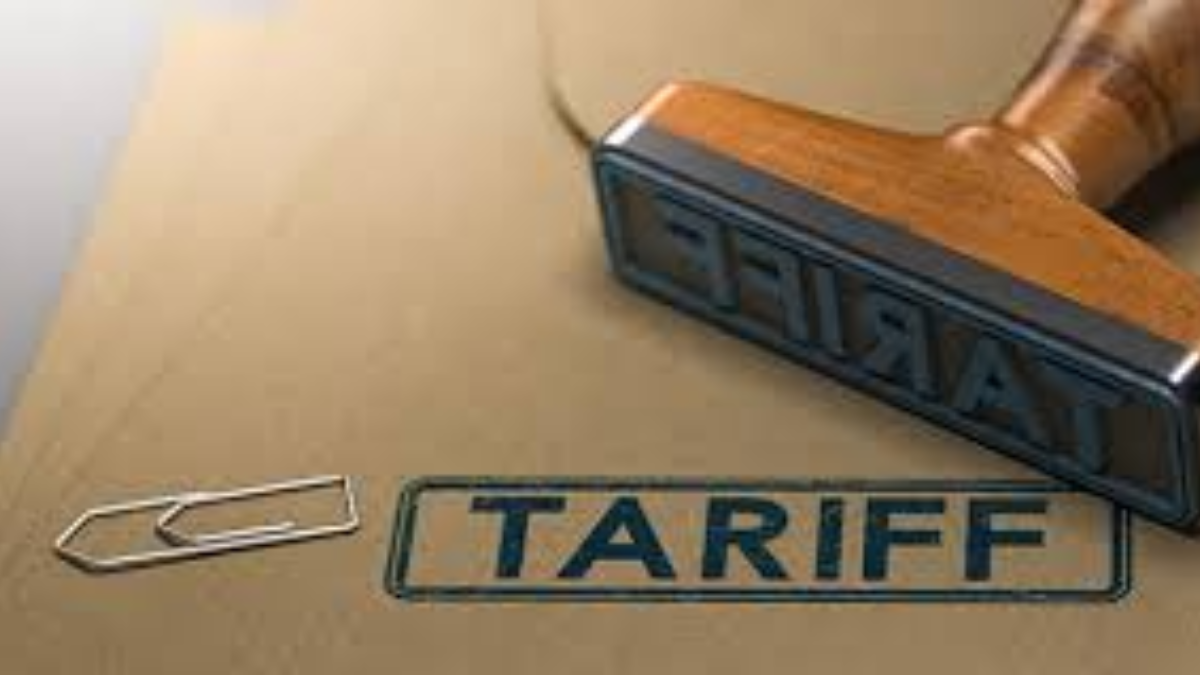The recent imposition of tariffs under President Donald Trump has triggered significant shifts in the global economy, one of the most noticeable being a decline in gas prices.
While many American consumers may view lower prices at the pump as a positive development, the broader economic ramifications are layered, complex, and not without consequence.
How Tariffs Influence Gas Prices
Tariffs, by definition, are taxes placed on imported goods with the goal of protecting domestic industries. These economic tools are often deployed to encourage domestic manufacturing and reduce reliance on foreign products.
However, they can also lead to unintended consequences—one of which is market uncertainty and the dampening of global economic activity.
In this instance, President Trump’s trade policies have sparked fears of a global economic slowdown. Those concerns are critical in shaping oil markets.
As global economic confidence diminishes, so too does the projected demand for oil. A decline in demand exerts downward pressure on oil prices, which trickles down to lower gas prices for consumers.
According to Investopedia, the Trump administration’s tariffs have led to a drop in oil prices, reducing incentives for domestic producers to increase output. This lower production growth contributes to an overall tightening in supply.
However, that tightening is overshadowed by the even steeper drop in demand, which has become the dominant force in pushing gas prices downward.
Global Oil Supply’s Role
Tariffs are just one part of the story. International oil supply decisions have also contributed to falling prices.
The Organization of the Petroleum Exporting Countries (OPEC), along with its allies—collectively referred to as OPEC+—has taken steps to increase production. This surge in supply has come at a time when global demand is weakening, creating an imbalance.
As a result, oil inventories have grown, leading to further price drops. This oversupply, combined with fears of a trade war-induced recession, has placed additional downward pressure on oil markets.
The global benchmark, Brent crude, and U.S.-based West Texas Intermediate (WTI) crude have both seen significant price declines, with WTI dipping to around $60 per barrel.
This trend affects not only oil companies but the energy markets as a whole. When prices remain low for extended periods, energy firms scale back operations, reduce drilling activity, and sometimes lay off workers.
Challenges Facing the Energy Sector
While consumers benefit from short-term savings at the gas pump, the energy sector faces serious challenges. Low oil prices undermine profitability, particularly for U.S. shale producers who require higher price points to justify drilling costs.
Industry analysts have raised concerns that current prices fail to support sustainable growth in domestic oil production.
Moreover, President Trump’s deregulation efforts—meant to streamline energy production and reduce industry burdens—are proving insufficient in offsetting the impacts of lower oil prices and uncertain trade conditions.
According to Axios, the Trump administration’s energy policies prioritize consumer-friendly pricing but do not provide enough support to ensure the long-term health of the domestic oil industry.
The lack of investment in new drilling projects could eventually limit the country’s energy security. Should demand rebound while supply remains constrained, consumers could face a dramatic surge in gas prices in the future.
Broader Economic Effects of Tariffs
Beyond energy, the ripple effects of tariffs are being felt across the broader economy. Import taxes raise the cost of goods, which companies may pass on to consumers. Over time, this could lead to inflationary pressures that offset any savings realized at the gas pump.
Additionally, global uncertainty driven by unpredictable trade policies discourages investment. Businesses are hesitant to expand or hire amid fears of supply chain disruptions or retaliatory tariffs from other nations. This atmosphere of caution can stall economic growth, reduce job creation, and shake consumer confidence.
Many economists also warn that continued escalation of trade tensions could tip the global economy into recession. If countries like China or members of the European Union retaliate with their own tariffs, a full-fledged trade war could ensue—further dampening demand for oil and creating more volatility in energy markets.
Consumer Impact: Short-Term Relief, Long-Term Risk
In the near term, consumers are likely to appreciate the relief at the gas station. Families that commute or travel long distances may find some financial breathing room due to lower fuel costs. However, the bigger picture offers reason for caution.
A slowdown in economic growth or a potential recession could lead to widespread job losses, especially in industries tied to global trade or energy. Lower gas prices may offer temporary relief, but they won’t protect households from the broader economic fallout of trade wars and shrinking markets.
Furthermore, sustained low oil prices may reduce long-term investment in energy infrastructure. This scenario could create challenges down the road, especially if geopolitical events or natural disasters disrupt supply and drive prices back up rapidly.
Conclusion: A Complex Balancing Act
The relationship between President Trump’s tariffs and falling gas prices illustrates the intricate dynamics of global trade, energy markets, and economic policy. While Americans may currently benefit from cheaper gas, the policy-driven market fluctuations signal deeper, potentially destabilizing consequences for the U.S. economy.
For policymakers, the challenge lies in striking a balance between supporting domestic industries, keeping consumer prices low, and ensuring long-term economic stability. As trade tensions continue to evolve, staying informed about their wider effects on the economy and energy sector is essential.
For more insights into the ongoing effects of trade policies on global oil prices and the energy sector, visit Reuters.
Disclaimer – Our team has carefully fact-checked this article to make sure it’s accurate and free from any misinformation. We’re dedicated to keeping our content honest and reliable for our readers.
